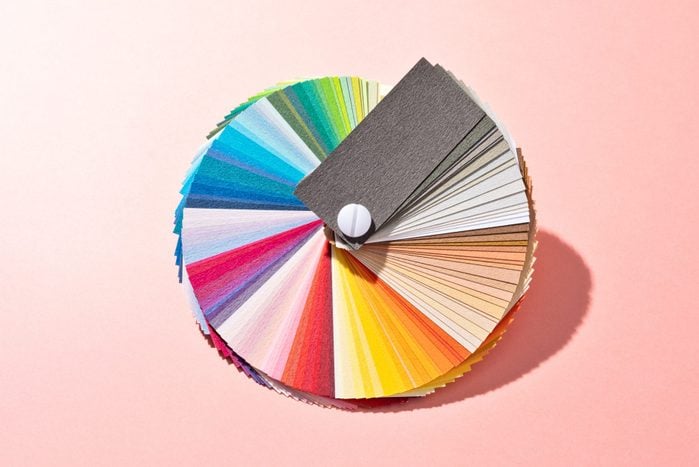
Rare colors around the world
Scientists estimate that the human eye can distinguish up to 10 million colors. That’s pretty impressive, considering the interesting fact that we only have three types of color-perceiving rods in our retinas: red, green and blue. But when you think about all the different shades and tones in each color category, what sounds like a weird fact at first begins to make more sense. The seven best-known hues of all, of course, are the colors of the rainbow. Red, orange, yellow, green, blue, indigo and violet have been commonly known as ROYGBIV for years, an unwavering rainbow fact. But with 9,999,993 other colors out there just waiting to be seen, we thought it was time to investigate rare colors around the world.
We’ve rounded up the coolest and rarest colors, from killer pigments (literally) to science-fiction shades that could leave your zodiac power color in the dust. There are colors you can only see in ancient art, some accidentally invented in the lab and colors you shouldn’t have in your bedroom—at least if you ever intend to share it.
Get Reader’s Digest‘s Read Up newsletter for more fun facts, humor, cleaning, travel and tech all week long.
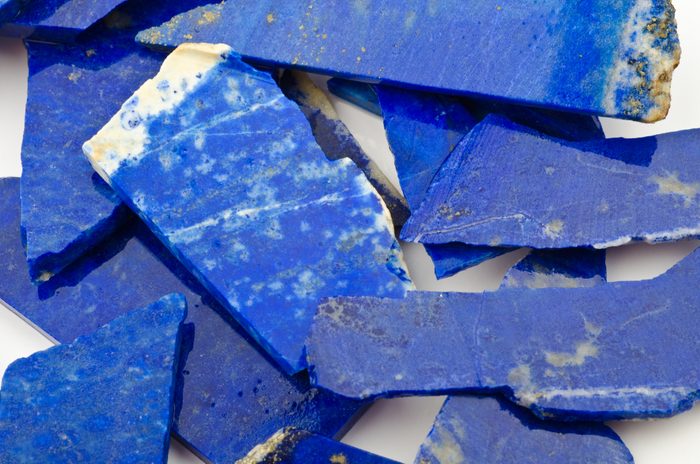
Ultramarine blue
This gorgeous blue paint shade was once such a rare color, the cost often exceeded the price of gold. Artists would wait for months for shipments to come in. The pigment was made from grinding lapis lazuli, a gem found mostly in Afghanistan. Its rarity meant that it was used very sparingly, and it was usually reserved for extremely special uses, such as painting the cloak of the Virgin Mary in religious artworks. In the late 1820s, synthetic ultramarine began to be manufactured in France and Germany, replacing the expensive and labor-intensive process of mining, shipping and grinding up lapis lazuli. It’s not nearly as much work to create a stunning home color scheme.
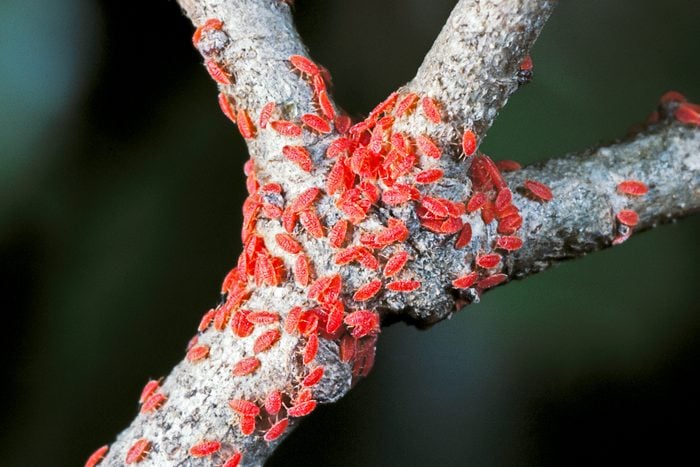
Kermes red
Kermes red is the oldest known red dye, and it dates back to the early Egyptians. It’s made from grinding up the dried bodies of bugs—in this case, female kermes insects, which live on the kermes oak tree. This stuff was once so valuable that a landlord in the Middle Ages accepted kermes dye for rent payments.
Kermes red was a rare color because it took hundreds and hundreds of insects to make a strong color. It fell out of fashion when the cochineal insect (native to Mexico) was discovered by Europeans. The cochineal was more strongly pigmented, so the red color took fewer dead bugs to make. Kermes red has mostly been replaced by synthetic dyes (like those used for red paint on trees), but you can still find cochineal insects in cosmetics and candy.
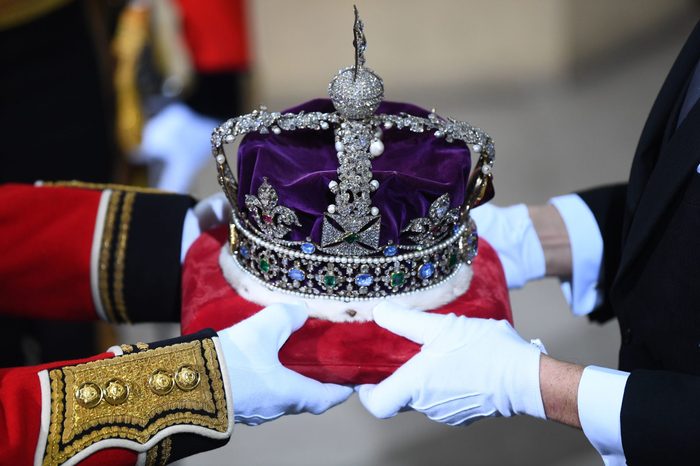
Tyrian purple
This is the rarest purple color, and it has an amazing myth go to with it: The demigod Hercules was on his way to visit a sea nymph when his dog started chewing on something on the beach. When Hercules finally got his pooch to drop it, his snout was stained a beautiful purple—and the nymph asked for an outfit in the very same color.
The mythical pup was chomping on a spiny murex sea snail, which produces the purple color. And because the beach was by the ancient Phoenician city of Tyre, the name Tyrian purple came about. It’s apparently the stinkiest dye in the world, and the challenges of getting the dye from the snail make it one of the rarest colors. This led to purple becoming a color associated with royalty. Despite that royal connection, however, Tyrian purple isn’t a paint color that adds value to your home.
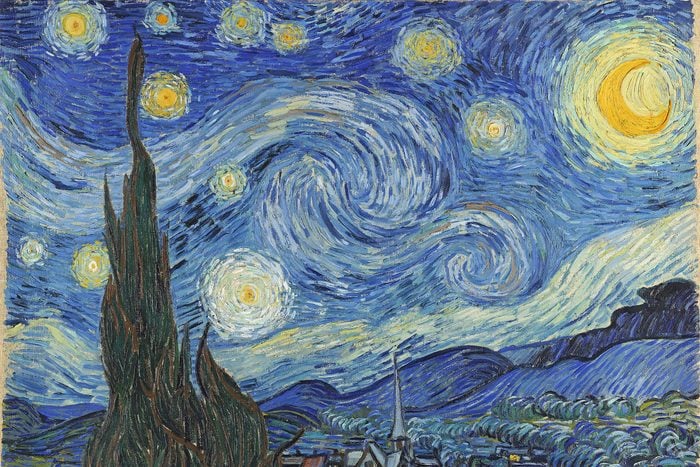
Indian yellow
This soft-yet-vivid yellow is considered a rare color because of its exceptionally bizarre origin. Used by artists including Van Gogh, Indian yellow is said to have come from the urine of undernourished cows in the Bengalese city of Munger. They were fed nothing but mango leaves, so their waste gave a brilliant yellow pigment that was in great demand by artists.
After an investigation in 1883, the Royal Society for the Encouragement of Arts published a report with eye-witness testimony of the terrible treatment of the cows. It took another 25 years for the practice to be banned entirely. We can still see Indian yellow today at one of the most popular museums in the world: the Museum of Modern Art in New York City. The bright yellow stars in Starry Night were painted with it.

Mummy brown
Also called Egyptian brown, this rare color has a pretty gross story behind it. The pigment was produced by harvesting mummies and grinding up their flesh to produce a sludgy brown color. This wasn’t just in the ancient past, either. Mummy brown was available from the 16th century until the 1960s. As you would expect, supplies of real mummies dwindled significantly, and there were rumors that more recent bodies were used to create the pigment.
Mummy brown fell out of fashion as times changed and is definitely one of the paint colors to avoid in your home. Now we prefer our mummies intact in a museum rather than ground up and smeared across a canvas. Speaking of colors, read on to find out what is the world’s ugliest color.
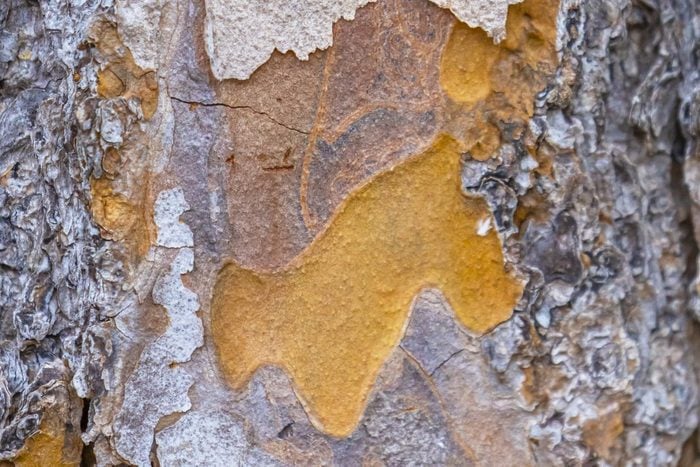
Quercitron yellow
Quercitron yellow takes the crown as the most forgotten color. This is partly due to its two confusing names—what we now know as quercitron yellow used to be known simply as quercitron or more commonly as “Dutch Pink.” Umm, what?
Apparently, in the 18th century, the word pink referred to a yellow color, and no one is exactly sure why. Dutch pink was made from either Persian berries (also called buckthorn berries), which are native to the Mediterranean, or from the yellow inner bark of the American black oak tree. This lovely yellow dye fell out of favor as synthetic dyes began to take hold in the mid-19th century. Colors have all sorts of meanings, and some are confusing: Here’s what it means if you see green lights on a car.
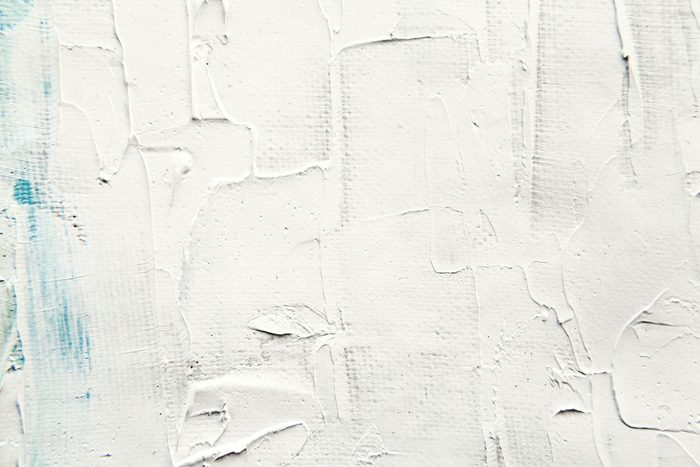
Lead white
Warm white can look dingy in some lighting—it’s one of the paint colors that can make your home look dirty. But what about something cooler or more opaque? We wouldn’t recommend this one. One of the most important colors in art, lead white is one of the rarest colors in modern times. But if it was good enough for the ancient Egyptians, Greeks and Romans, why isn’t it good enough for us? Well, we know something they didn’t. While ground-up lead carbonate might be a gorgeous, brilliant white shade that’s perfect for extending the life of your oil paints, it can also cause lead poisoning. Lead white was prized because it is such an opaque white. The density of the paint allowed artists to paint brushstrokes of light into their work, bringing the paintings to life in a new way.
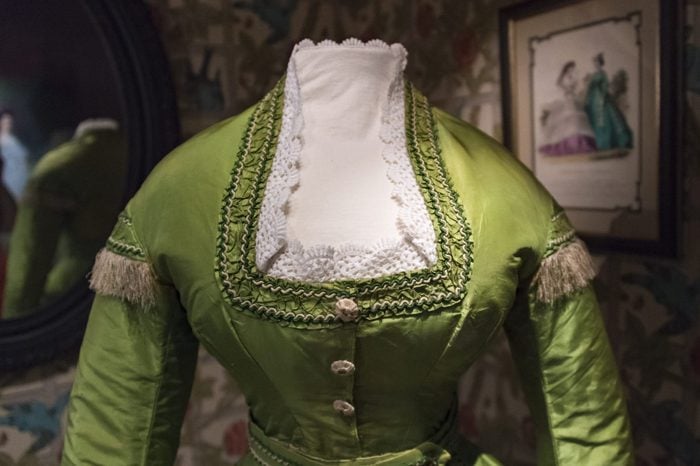
Scheele’s green
We can credit the current houseplant craze to Millennials, but it was the Victorians that started the indoor plants trend. The preferred hue of those green-thumbed sirs and madams? Scheele’s green. This springtime hue echoed meadows of grasses and lush gardens. The only problem was that it contained arsenic.
This rare color was a killer, poisoning artificial flower makers (often young women) as they dyed cloth green for leaves to adorn the hats and coats of the wealthy. Green was the most fashionable color of the time, and you couldn’t have green without arsenic. It was in wallpaper, clothes and even food and beverages. Green colors today are made without arsenic, but often contain chlorine—safer for our bodies, but sadly not for the planet as it can’t be recycled or composted.
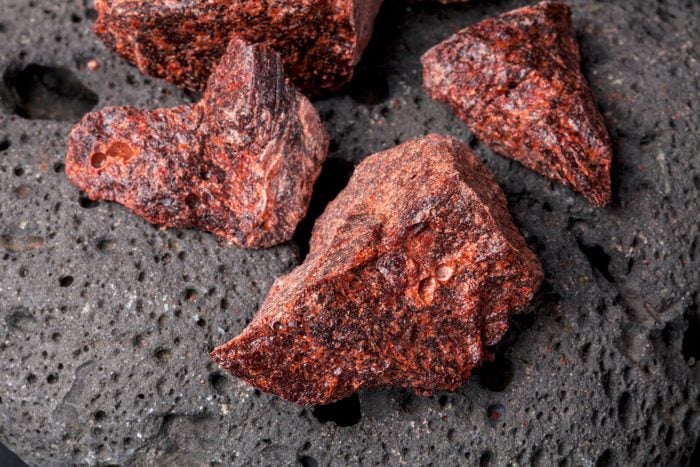
Dragon’s blood red
This hue doesn’t make the list of rarest colors because it’s from actual dragons. The bright red pigment is actually a resin from the bark of rattan palms or trees in the Dracaena genus, which grow in Malaysia, Indonesia and Yemen. Dragon’s blood red was used by the Romans as a red dye and by ancient artists as paint, although by the 19th century, the consensus was that this astringent resin was better as a varnish than a painting pigment. Today, it is still used to varnish violins. If you see red paint on the ground, it could be dragon’s blood—or maybe there’s a violin-maker nearby.
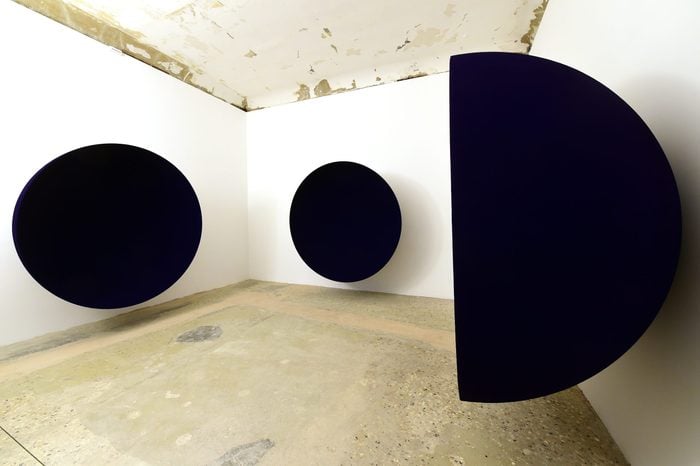
Vantablack
Any goths or Halloween enthusiasts in your life will want to know about Vantablack, the blackest black in the world. It was invented by an English company called Surrey NanoSystems, and it’s an acronym: Vertically Aligned Nano Tube Arrays (VANTA).
For the non-engineers among us, that means it’s synthetic and made from carbon nanotubes that are vertically aligned at such density that 99.965% of visible light is absorbed. It’s only in use in three places in the world: the aerospace sector, the defense sector and with the artist Anish Kapoor. Kapoor signed a contract in 2014 securing exclusive rights to use Vantablack in his work. That definitely makes it the rarest color in the art world!
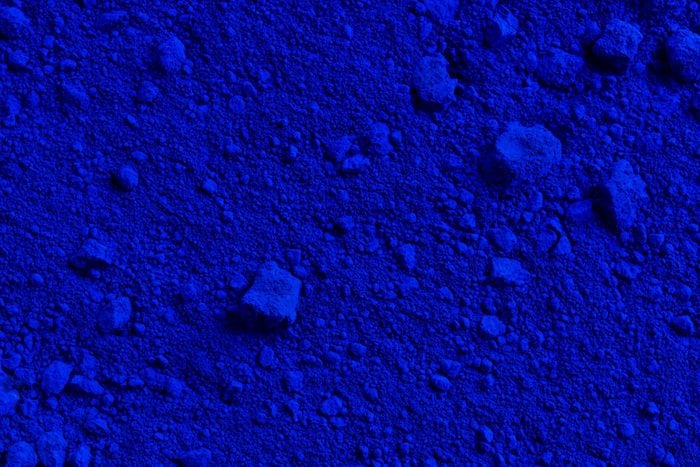
YInMn blue
In 2009, a graduate student in chemistry at Oregon State University named Andrew Smith was messing around in the lab when he accidentally invented a new color—a bright, brilliant blue that was the first new blue shade in two hundred years. While blue is not one of the rarest eye colors, YInMn blue is rare because it’s made by heating manganese oxide to around 2,000 degrees. It’s a gorgeous purple-blue shade that almost seems to glow.
The nearly unpronounceable name comes from its composition. The pigment contains the elements yttrium, indium, manganese and oxygen, hence YInMn. But Oregon State scientists simply call it “MasBlue,” after scientist Mas Subramanian, who was leading the research team that included Smith.

Gamboge yellow
You may have gleaned that some rare colors come with a side of danger, and gamboge yellow is no different. Also known as rattan, wisteria yellow, gummi gatti and drop gum, gamboge yellow comes from Cambodia and is harvested as sap from a tree, dried and ground into dust. That dust happens to be a powerful diuretic and laxative at even a small dose.
Its historical usage as a paint color is hard to determine—as gamboge does not last very long—but it was used widely in Chinese painting and can also be seen in some of Rembrandt’s paintings. However, the place you’re most likely to see gamboge yellow today is not in traffic light colors, but in Buddhist monks’ robes. The deep saffron color is the traditional hue for the robes of Theravada Buddhist monks.

Baker-Miller pink
Also known as “drunk-tank pink,” this bubblegum shade was purported to have a calming effect on incarcerated people. In the late 1970s, a naval correctional institute in Seattle started painting their prison cells pink on the basis that the color reduces violent and aggressive behavior. The color was then named Baker-Miller pink after the institute’s directors, and the Navy found that pink did indeed soothe the prisoners. Since then, the color has found its way onto the walls of youth clinics, psychiatric wards and jail cells, although subsequent studies have found that the calming effect may only last for up to 30 minutes.
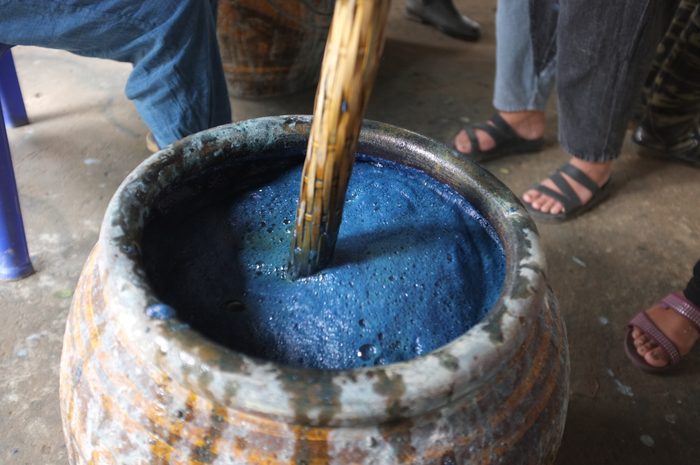
Woad blue
Before there was ultramarine or cobalt (seen in the most colorful cities in the world), one of the most common sources of the color blue in the ancient world was the humble woad plant. Woad is native to the Mediterranean and has been used as a dye since the Neolithic era. Woad gets its blue tone from a compound called indigotin, the same pigment that’s found in indigo plants.
There was myth that the ancient Celtic people of Scotland and England painted themselves blue with woad before entering battle, but that has been disproven. Woad produces a gorgeous blue color that can be used to dye yarn or fabric. Woad blue is one of the rarest colors today (due to the popularity of synthetics over plant-based dyes), but can still be found in craft circles. Keep in mind: It’s illegal to cultivate in some states, so check before you add it to your garden.
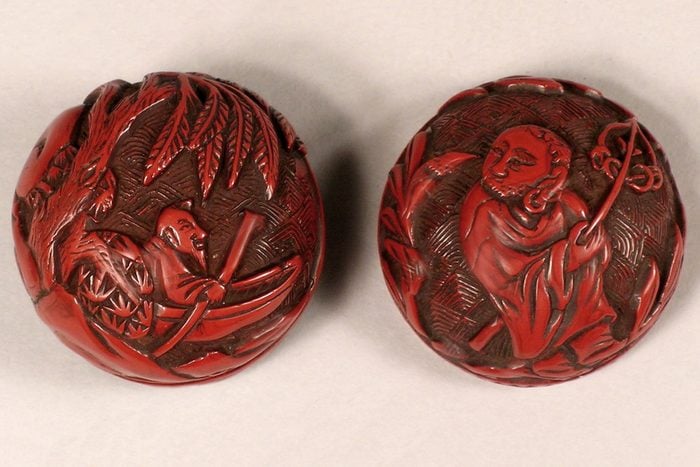
Cinnabar red
It may sound delicious, but you definitely wouldn’t want to add cinnabar to your pumpkin pie. The word cinnabar comes from the Arabic word zinjafr, meaning “dragon’s blood.” It’s an accurate name, given that cinnabar is formed in volcanos. You might know this fiery rare color by another name: vermilion. Cinnabar has yet another moniker, but this one is more deadly: mercury sulfide, the primary ore of mercury. Luckily, cinnabar is not dangerous as long as it’s not heated (it releases a toxic vapor) or ground up and inhaled. In pigment form, this gorgeous rich color ranges from reddish-orange to a reddish-purple. It’s been used in cultures all over the world for centuries for decorating stoneware, pottery, furniture, in artwork and as a cosmetic.
Sources:
- American Academy of Opthalmology: “How humans see in color”
- Artsy: “Inside the library that holds the world’s rarest colors”
- Artechne database: “Dutch pink”
- BBC: “Tyrian Purple: The disgusting origins of the colour purple”
- Britannica: “Ultramarine pigment”
- Britannica: “Kermes”
- Color Matters: “Drunk tank pink”
- Oregon State: “YInMn blue”
- Tastes of History: “Dispelling Some Myths: Woad”
- The Paris Review: “Scheele’s green, the color of fake foliage and death”
- Wired: “Art Fight! The Pinkest Pink Versus the Blackest Black”
